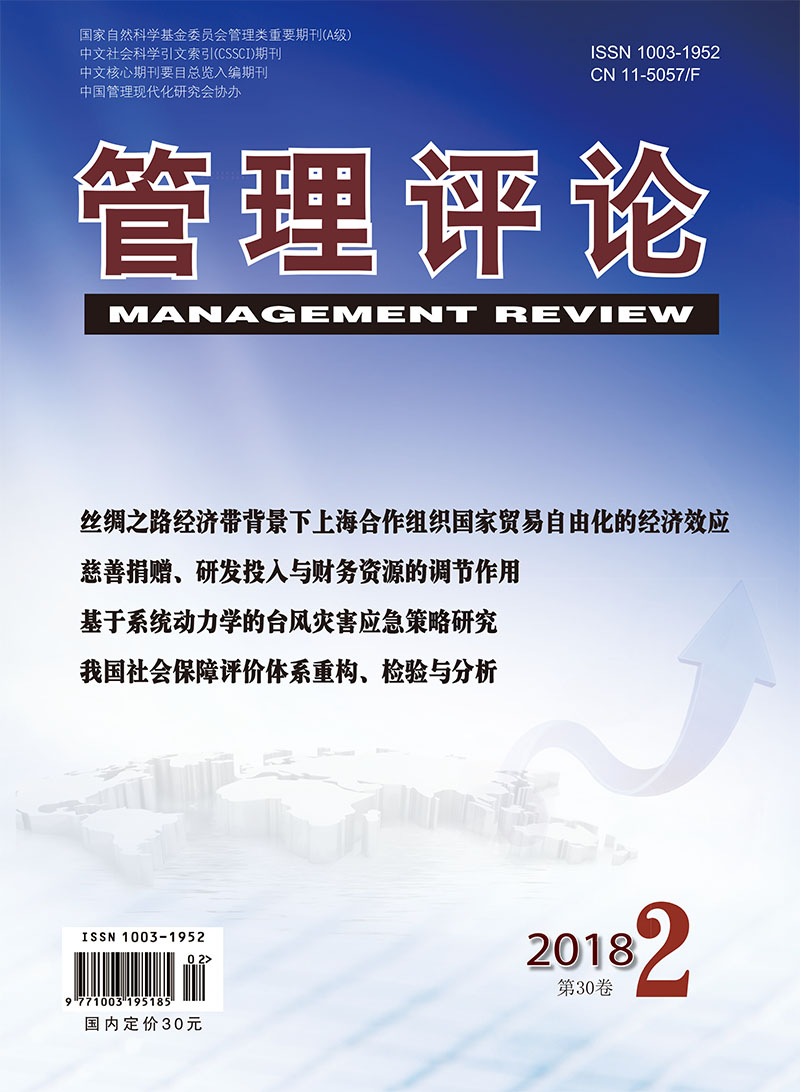In recent years, the international iron ore supply and demand dynamics, and pricing mechanisms have fundamentally changed, with iron ore prices turning from upward trend to downward trend. Based on a framework built to analyze the factors that influ-ence the imported iron ore prices, this paper uses MS-VAR and VAR models to explore two questions:first, whether such the imported iron ore prices are influenced by different factors in different market trends and whether such factors influence the prices asymmetrically; second, whether different pricing mechanisms make difference to the imported iron ore prices. Results show that:(1) Financial factors such as US dollar exchange rate and interest-rate spread between China and America affect the imported iron ore prices, and there are speculations in international iron ore market, fundamentals of supply and demand should not be the only consideration in analyzing the international iron ore market trend. (2) In different regimes, the imported iron ore prices asymmetrically respond to the relevant influen-cing factors. In the rising and declining regimes, the imported iron ore prices respond, in different directions, to dollar exchange rate and iron ore import volume, and respond, to different extents, to US dollar exchange rate, interest-rate spread between China and America, ocean freight, iron ore import volume, domestic ore production and inventory. (3) The spot price indexes that the top three mining com-panies launched in pursuit of pricing power lead to an uplift in price, futures contracts released by Dalian Commodity Exchange bring down the prices, and domestic ores fail to inhibit the rise of prices.

